World
Northern Lights sparkle across the West Midlands
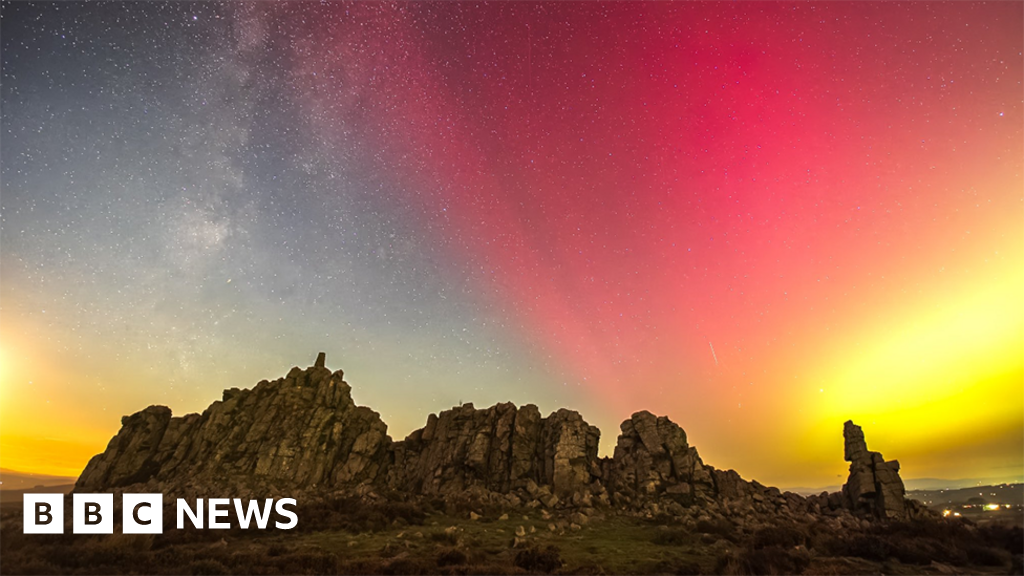
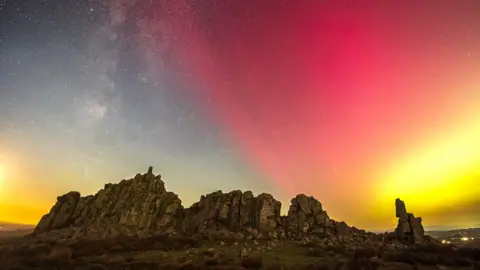 Andrew Fusek Peters
Andrew Fusek PetersThere was a stunning display of colour on Thursday night as the Northern Lights put on a show.
According to BBC Weather, it was the strongest and most widespread exhibition of the phenomenon in the UK since May.
However, we are unlikely to get such a show in the Midlands on Friday, as solar activity is expected to weaken.
Here are some of the best examples of photos from across the region.
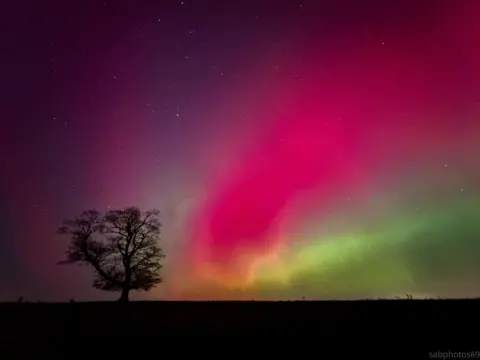 sabphotos69 / BBC Weather Watchers
sabphotos69 / BBC Weather Watchers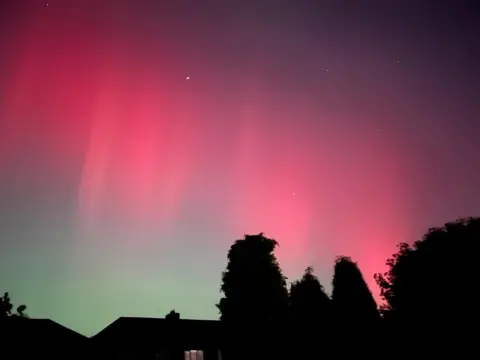 Otto the dog / BBC Weather Watchers
Otto the dog / BBC Weather Watchers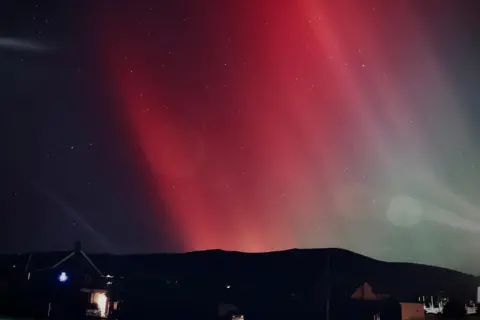 Josh / BBC Weather Watchers
Josh / BBC Weather WatchersFrom about 19:00 BST many people were able to see the Northern Lights, also called the aurora borealis.
Not everyone in the region could see the display, which was often clearer on cameras than with the naked eye.
The phenomenon is caused when charged particles from the sun hit gases in the Earth’s atmosphere around the North poles.
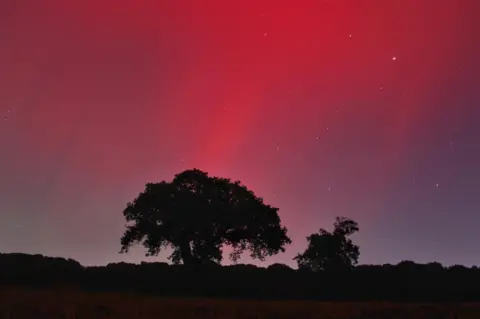 Jack March / BBC Weather Watchers
Jack March / BBC Weather Watchers Eric / BBC Weather Watchers
Eric / BBC Weather Watchers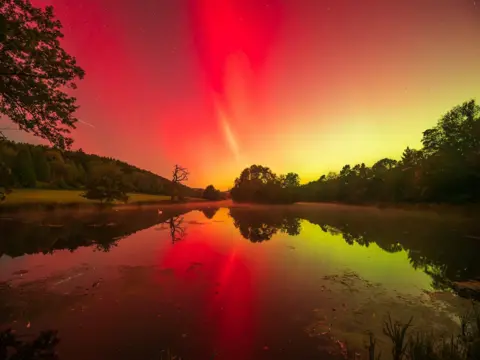 Andrew Fusek Peters
Andrew Fusek PetersViews of the northern Lights have become more common in the UK in recent years.
How far south they can be seen is determined by the level of solar activity.
The lowest part of an aurora is typically 50 miles (80 km) above the Earth’s surface. The highest part could be 150 miles (800km) above the Earth.
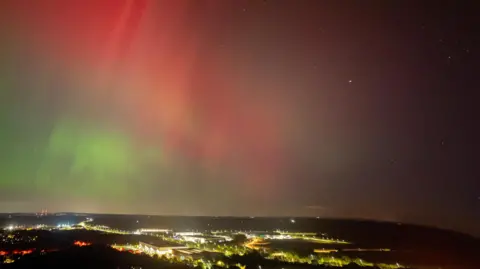 Phil Harrison / BBC Weather Watchers
Phil Harrison / BBC Weather Watchers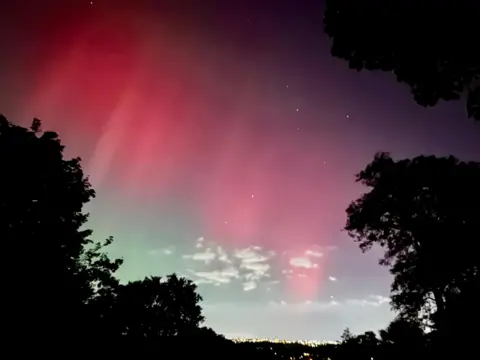 Snaphappydave / BBC Weather Watchers
Snaphappydave / BBC Weather WatchersThursday night’s display was caused by a G5 solar storm – the highest on the 1-5 scale.
But such storms can also interfere with satellites and power grids around the world.
The Northern Lights have been visible several times during the year.
If you want to take photos of them, meteorologists advise using a long exposure camera.
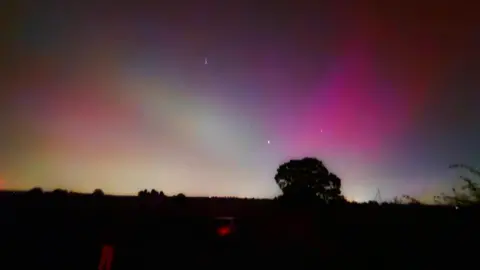 Graham’s Vista / BBC Weather Watchers
Graham’s Vista / BBC Weather Watchers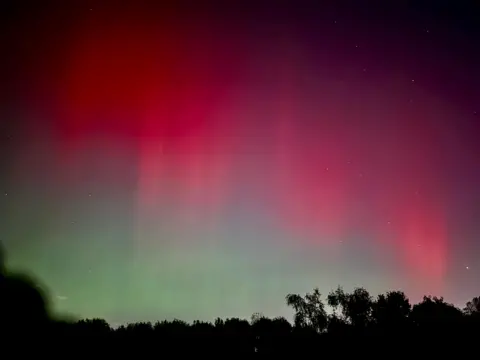 CaineWolf / BBC Weather Watchers
CaineWolf / BBC Weather Watchers










